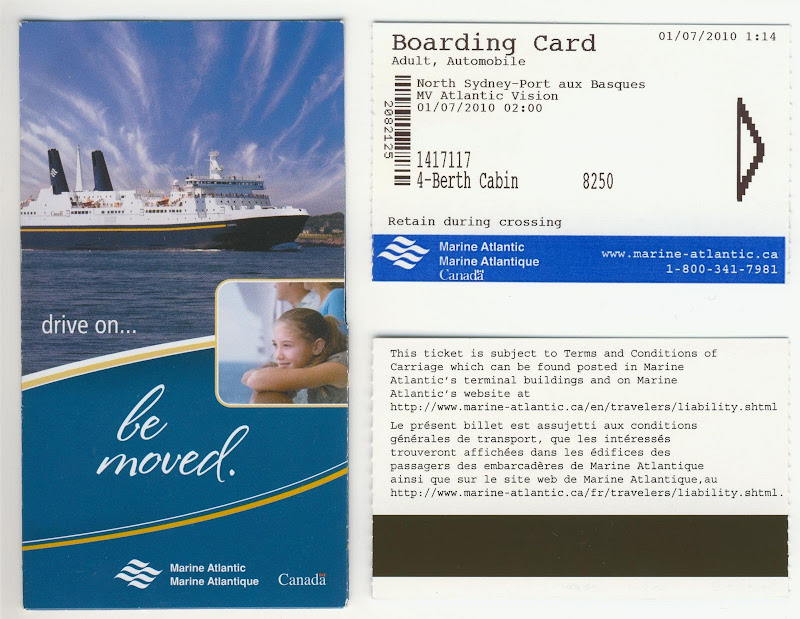frugalist
Lead Service Attendant
A lot of the comments so far are a variation of "no lock is 100% secure - a determined thief will get into your room." Agreed. But isn't this a little like thinking "since a determined thief can pick the lock on my home's front door, I'm not going to bother locking it when I go out." One thing a lock does is deter the casual, snatch & grab guy from getting a quick score. This is as true on a train as it is at home. Granted, you have a lot more to lose if a thief breaks into your home. But, it would still make for a bad day if someone who knew I wasn't in my room (because he saw me enter the dining room and sit down to eat) walked back to my car and grabbed something even though it was casually hidden under a pillow or coat on a seat. And a "determined thief" standing in the hall working on the lock, even if for just a few seconds, will draw a bit more attention that a guy ducking behind the drawn curtain.
I've read a lot of personal anecdotes and conjecture about the lack of a problem. But do you think if there was an alleged theft onboard, the conductor would get on the PA and announce it and ask the thief to please return the stolen goods? I think it would be kept as quiet as possible. When you're on a cruise, you don't hear of thefts, assaults or other crimes committed on board. The cruise company wants to keep those incidents as quiet as possible. To do otherwise would burst the illusion of being on a safe getaway, far from the problems of the big, bad city. I'm sure Amtrak would want to keep news of a possible crime onboard as quiet as possible too. So I'd like to throw out the possibility that maybe -- just maybe -- thefts might possibly be a tad more frequent than a lot of us on here think.
As far as the question of trains in the past having locks on their sleeper doors: while it would be interesting to know the answer, I don't think it would be relevant in today's world. Things are a lot different than they were back in the day. Instead of looking back, we should be looking ahead. As was mentioned, what is being done in other areas of the world? Maybe we should find out if other train systems have a better security system in place for their sleepers, and if so, how is that system implemented.
And if the attitude of "it's never been done up till now, so why should we start doing it?" was held by everyone, think of how slow any kind of progress would be. Just because it hasn't been done before doesn't necessarily mean it shouldn't be done now. It's a question of mechanical and technical feasibility and economic priority.
It sure isn't easy holding a minority opinion around this place!
I've read a lot of personal anecdotes and conjecture about the lack of a problem. But do you think if there was an alleged theft onboard, the conductor would get on the PA and announce it and ask the thief to please return the stolen goods? I think it would be kept as quiet as possible. When you're on a cruise, you don't hear of thefts, assaults or other crimes committed on board. The cruise company wants to keep those incidents as quiet as possible. To do otherwise would burst the illusion of being on a safe getaway, far from the problems of the big, bad city. I'm sure Amtrak would want to keep news of a possible crime onboard as quiet as possible too. So I'd like to throw out the possibility that maybe -- just maybe -- thefts might possibly be a tad more frequent than a lot of us on here think.
As far as the question of trains in the past having locks on their sleeper doors: while it would be interesting to know the answer, I don't think it would be relevant in today's world. Things are a lot different than they were back in the day. Instead of looking back, we should be looking ahead. As was mentioned, what is being done in other areas of the world? Maybe we should find out if other train systems have a better security system in place for their sleepers, and if so, how is that system implemented.
And if the attitude of "it's never been done up till now, so why should we start doing it?" was held by everyone, think of how slow any kind of progress would be. Just because it hasn't been done before doesn't necessarily mean it shouldn't be done now. It's a question of mechanical and technical feasibility and economic priority.
It sure isn't easy holding a minority opinion around this place!







